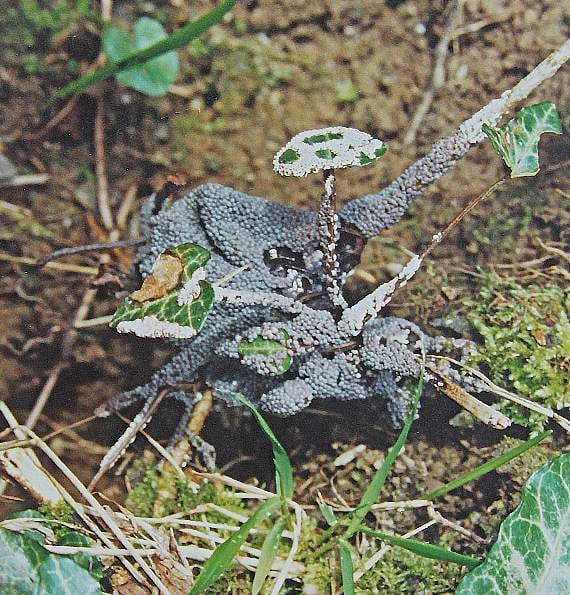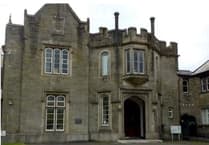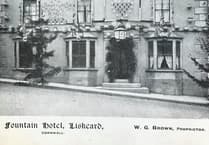In this week’s Nature Watch, photographer Ray Roberts finds things are not quite as they seem on his local walk...
Over the centuries Myxomycetes have been classified as fungi, plants and even animals but finally it was decided to just call them Slime Moulds and, it appears there are hundreds of them in different shapes and colours in the country.
My first encounter with them was several years ago when I came across a greyish coloured frothy growth, about 12cm wide, on some ivy tentacles at the bottom of a weed covered bank beside a small stream. At the time I was not quite certain what it was although it looked a bit like some kind of fungi, but I could not find anything like it in any of my mushroom books.
Anyway, at the time I always used to go to car boot sales to look through the books, although in later years the trend was to display more CDs and DVDs than books containing the written word, but on one of the stalls, I found a small, hardback book entitled Nature Rambles Autumn to Winter by Edward Step, written in 1930. It had a section called Myxy Hunting and there was a picture of Dark brown-thread Myxy and it is one of the myxomycetes that are so called, Slime-fungi.
Last week I found on a hedge a round, red object about 50mm wide and it made me curious. Was it some kind of animal or vegetable or was it another slime mould? When I tried to move it, I found that it was not stuck to the soil, it was a rotting apple that had obviously been thrown there, and there was me thinking that I had found something new and exciting.
I also noticed on the hedge a small, very scrubby oak tree with hundreds of oak marble galls on it. These marbles, sometimes wrongly called oak apples, are caused by a tiny wasp Andricus kollari – that lays its eggs in the leaf buds on the small end of branch twigs. This causes the marble to form and when the egg hatches the larvae eat the inside of the gall and then escape during Autumn through a tiny hole. This is the first time I have seen this many marble galls on one tree, there must have been a swarm of those wasps around in 2019.
Back in the village there were some flowers on a japonica bush and being dark red they certainly stood out and looked lovely. The fruit from this bush is the rock-hard, apple lookalike, quince. In the playing field there is a wooden fence alongside the football goal posts and some of the timber is taking on a yellowish colour. So far as I can tell it is called yellow scales and usually grows on rocks, walls and brickwork near the coast.
We were beginning the RSPB Big Garden Birdwatch and one of our first sightings was a sparrowhawk perched on the fence that overlooks the garden. He stopped for several minutes, I think he waited until he was sure that we had spotted him and I had taken his photo before he flew off.



.jpeg?width=209&height=140&crop=209:145,smart&quality=75)
